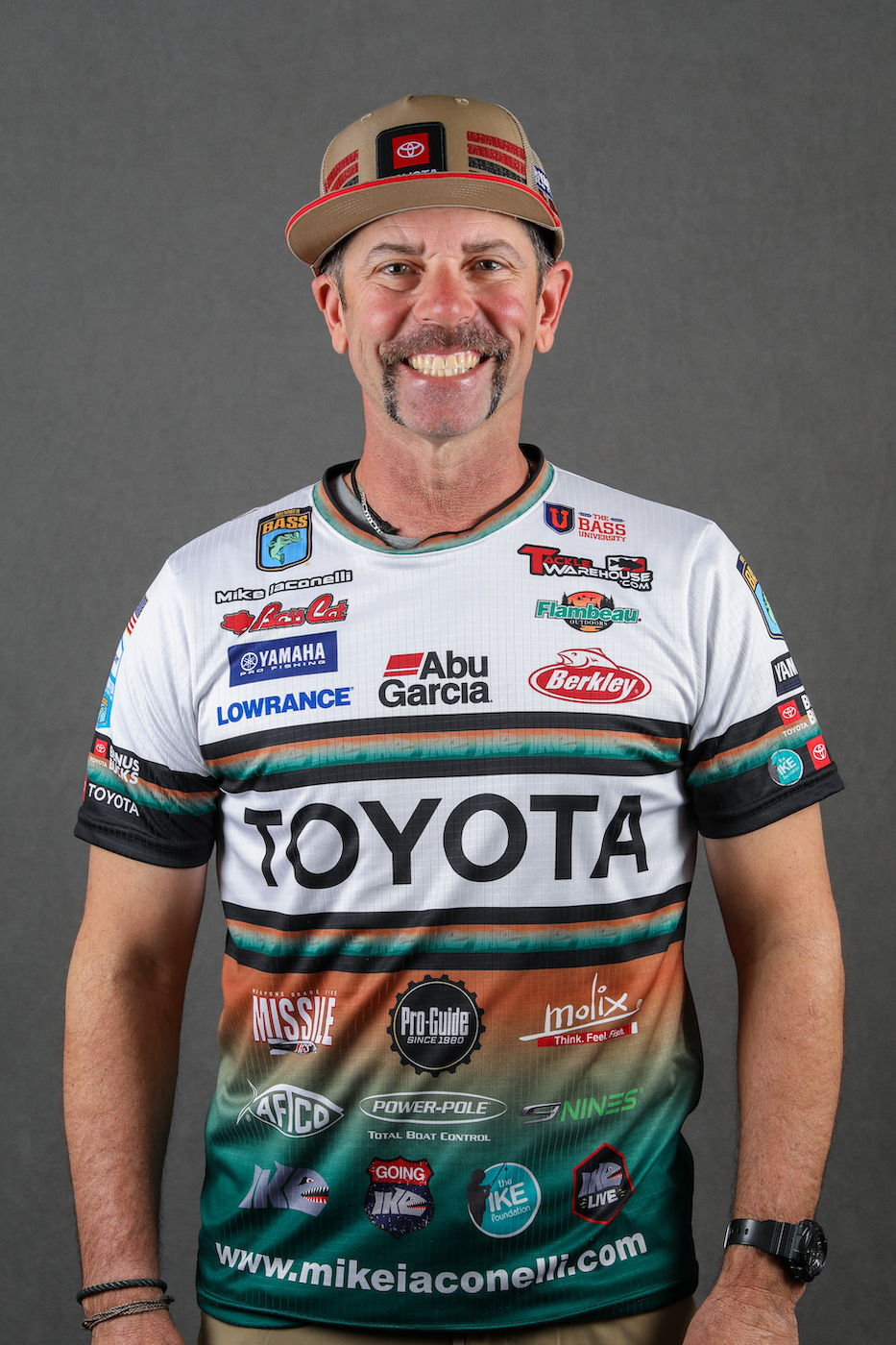We’ve finished the Florida swing of the 2012 Elite Series season. Now it’s time to take a short break and then head for Bull Shoals the third week in April. (The guys who are fishing the Southern Opens will be on LakeNorman in early April.)
I didn’t do as well as I’d hoped to in Florida but sometimes that’s the way things happen. I can take some solace in the fact that my friend Ish Monroe came out with a win yesterday. I’m really glad about that. He’s a good angler and works hard. It’s a great thing to see that rewarded.
For right now, though, I want to talk a little about fishing lure development. It’s an interesting subject, at least to me. Sometimes it’s a carefully mapped out plan that comes together with anglers, engineers and manufacturing companies. Other times, it’s just something that happens. That’s the way it was with the new Havoc Smash Tube from Berkley.
I started noticing that I caught more bass with the tubes that were in the bottom of my boat. They were smashed flat and seriously abused, but they caught fish. The more I messed with them the more I realized that it was because they were flattened out, smashed and abused. They had a natural gliding action in the water that made them look more realistic.
I have a pretty good relationship with Berkley so I contacted Brad Danbom, Berkley Baits product manager, to see what we could do. He listened and we went to work. When everything was said and done, we had the Smash Tube. It’s somewhat flat and has a heavier nose that helps hold the hook in place along with heavy tentacles and a two-tone finish.
It’s exciting. There’s no better feeling in the world than to catch a fish on something you helped design and develop. The process wasn’t all mine, of course; I had a lot of help along the way. Still, I noticed something and was able to turn it into a fishing lure. That’s pretty cool when you think about it.
It doesn’t always happen that way. Sometimes you have an idea in your mind and work from there. You start with a verbal description, move on to the engineers and then make a prototype. After it goes back and forth a few times, it’s ready for a real-world test. That’s pretty cool, too.
But it’s especially meaningful to notice something in the bottom of your boat and have it end up in other guys’ tackleboxes. The Smash Tube is nothing more than that. I’m proud of what we put together and proud that I have a relationship with a company like Berkley that allows me to participate in that kind of project.
The best thing, though, is that we’re able to help other anglers catch more bass. It’s a part of giving back. That’s what this is all about in the end. We all row the same boat.





